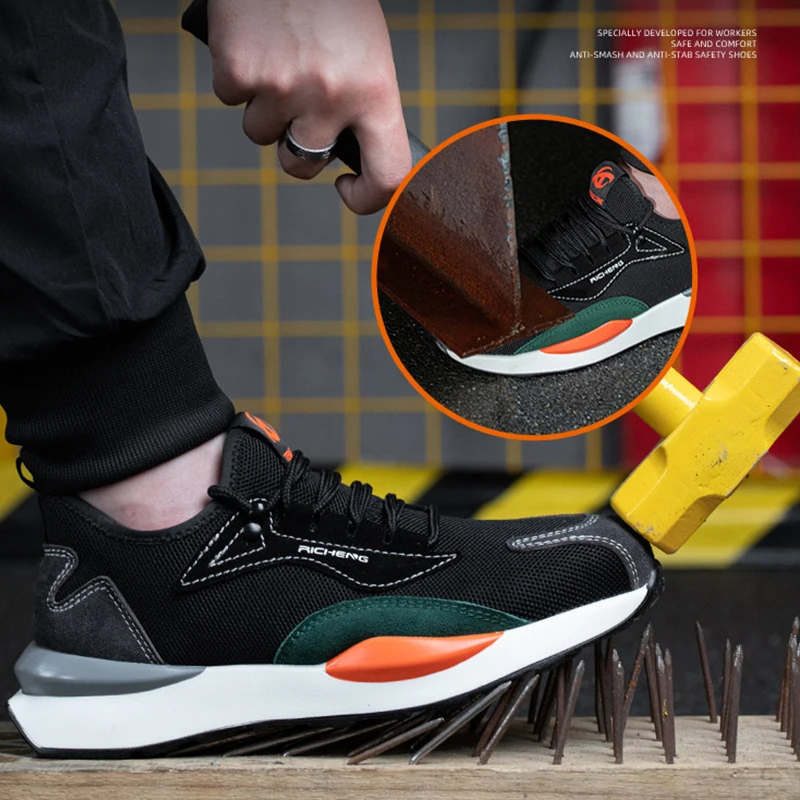Introduction
Work shoes are not just a fashion choice; they play a crucial role in workplace safety and comfort. Whether you stand for hours, walk on hard surfaces, or perform manual labor, the right footwear can significantly affect your performance. Proper shoes help prevent injuries, improve posture, and enhance overall productivity. In this article, we will explore various aspects of work shoes, including their types, features, and the importance of finding the right pair for your job.
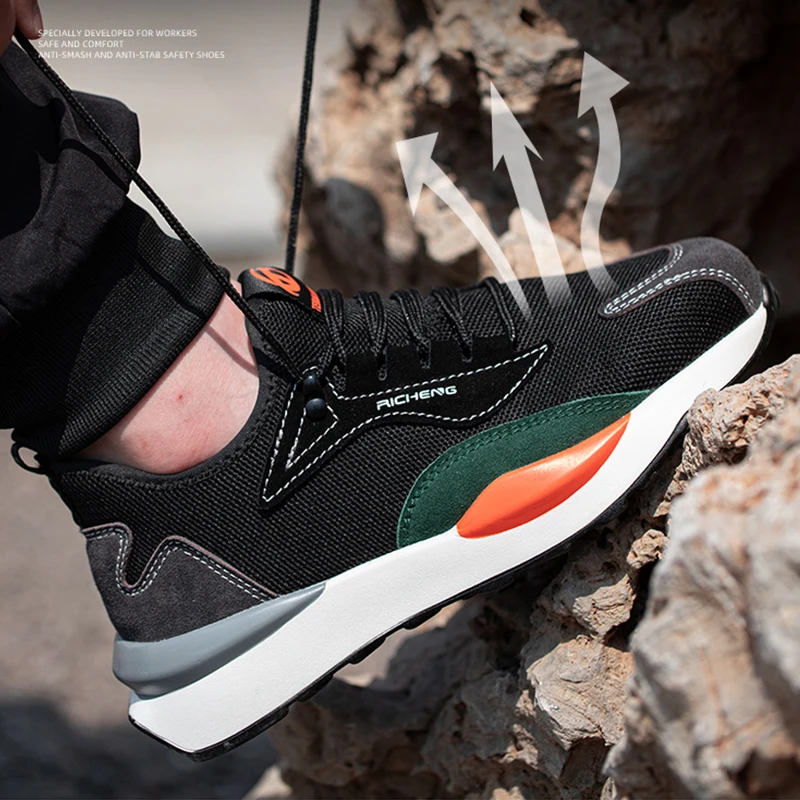
Understanding Different Types of Work Shoes
Safety Shoes
When people think about work shoes, safety shoes often come to mind first. Safety shoes are designed to protect your feet from various workplace hazards. They usually come with reinforced toes, slip-resistant soles, and other safety features. These shoes can protect workers in industries like construction, manufacturing, and warehousing. A common feature of safety shoes is the steel toe cap, which can protect your feet from falling heavy objects. Many factories and construction sites require their workers to wear this type of shoe to comply with safety regulations.
In addition to the steel toe, many safety shoes have slip-resistant outsoles. These outsoles help workers maintain their footing on slick surfaces, reducing the chance of slips and falls. Some safety shoes also offer electrical hazard protection, which can keep workers safe from shock when working around live wires.
Non-Slip Shoes
Non-slip shoes are critical in industries where spills are common, such as restaurants or kitchens. These shoes are designed with specially engineered soles that grip the floor. A good grip helps workers move quickly without the risk of slipping. Non-slip shoes can come in various styles, including sneakers, slip-ons, or clogs.
Employees in the food and beverage sector often spend long hours on their feet. They need shoes that provide comfort while also ensuring safety. Many non-slip shoes also have cushioning systems that reduce the impact on the feet and joints, making it easier to stand for extended periods.
Steel-Toed Boots
Steel-toed boots offer higher ankle support and added protection. They are essential for people in heavy-lifting jobs where there’s a risk of dropping objects. These boots often come with waterproof materials and electrical hazard features. This combination ensures that workers remain safe and comfortable on the job.
Steel-toed boots are popular among construction workers and miners. However, wearing the wrong size or type can lead to blisters or foot pain. Therefore, choosing the right fit is crucial. It’s advisable to try on boots with the socks you usually wear at work to ensure the right fit.
The Features of Work Shoes
Comfort
Comfort is not just a luxury; it’s a necessity for anyone who spends significant time on their feet. When shopping for work shoes, you should focus on important features that enhance comfort. Cushioning is one of those features. Good cushioning absorbs shock, especially when standing on hard surfaces. Shoes with memory foam or gel inserts can provide additional comfort and support.
Arch support is another critical factor. Everyone’s foot is different, and arch support can help alleviate foot fatigue. If you have flat feet, look for shoes that offer additional arch support. Many work shoes come with removable insoles, allowing users to swap them for custom orthotics if needed.
Breathable materials are also essential for comfort. Shoes made from mesh or other breathable fabrics can help keep your feet cool and dry. This feature is particularly important in hot environments or during summer months when temperatures soar. Well-ventilated shoes can prevent sweat buildup and reduce the risk of foot odor.
Durability
Durability is equally important. Work environments can be tough on shoes. When you invest in work footwear, you want them to withstand daily wear and tear. Look for shoes made from high-quality materials. Leather and synthetic materials generally offer better durability compared to canvas or cotton.
Another feature to consider is the construction method. For instance, shoes that are stitched rather than glued tend to last longer. Pay attention to the outsole quality as well. A rubber sole usually provides better traction and durability than other materials. Ensure that the outsole is well-constructed and designed to handle the specific conditions of your work environment.
Fit
The right fit is fundamental for any shoe, especially work shoes. Ill-fitting shoes can lead to blisters, calluses, or even more severe injuries over time. To find the right fit, measure both your feet. It’s common for one foot to be larger than the other. Try on shoes later in the day when your feet may swell. This practice ensures that you are not selecting shoes that will feel tight later.
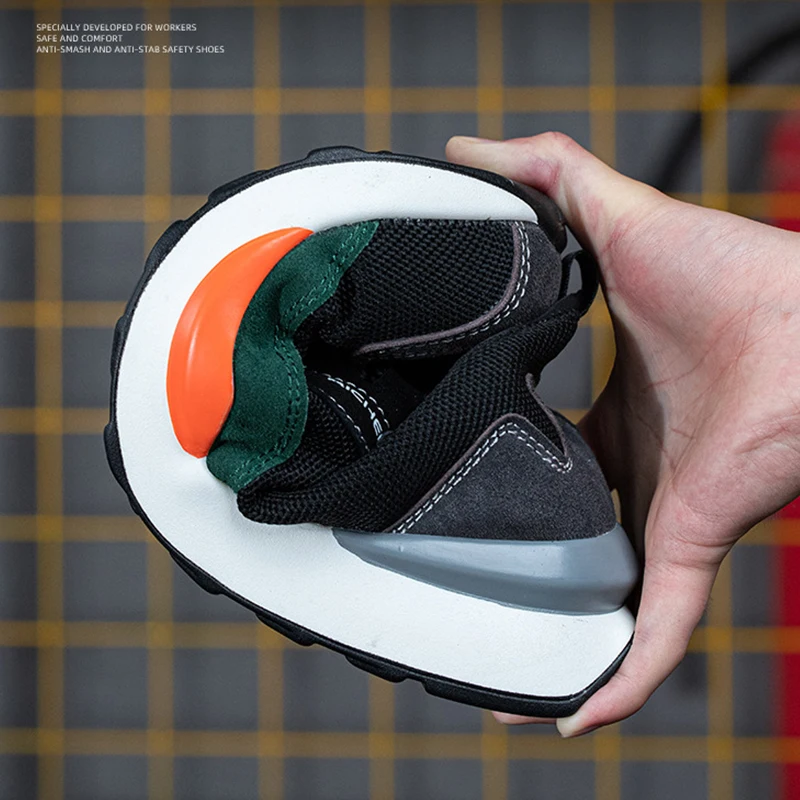
When trying on shoes, walk around and stand to check for comfort. Your toes should have enough space, but the heel should not lift away from the shoe. If you notice any discomfort, it is better to select another option. Ideally, you should spend some time researching brands and reading customer reviews to find a manufacturer known for comfort.
The Health Benefits of Proper Footwear
Injury Prevention
One of the most significant health benefits of proper work footwear is injury prevention. Poorly designed shoes can lead to various issues like sprains, strains, and chronic pain. Shoes that don’t provide adequate support can contribute to overuse injuries. These injuries often develop gradually and can lead to long-term damage.
Good work shoes can stabilize your foot and improve your alignment, which reduces the risk of injury. For instance, shoes with arch support can alleviate pressure on your knees and hips. By distributing your weight evenly, they can prevent discomfort and help maintain good posture.
Additionally, safety features like steel toes, slip-resistant soles, and puncture-resistant materials can prevent accidents. By choosing the right work shoes, you contribute to your overall health and well-being.
Enhanced Performance
Proper footwear can enhance performance. This improvement may not seem obvious, but it is significant. When you wear comfortable and supportive shoes, you can focus on the task without being distracted by foot pain. This focus can lead to increased productivity and better work quality.
Furthermore, when your feet feel good, your mood improves. You may find yourself more motivated and energetic. This boost can result in better teamwork and collaboration, especially in environments that require communication and quick decision-making.
Long-term Foot Health
Long-term foot health is another critical aspect to consider when selecting work shoes. Inappropriate footwear can lead to chronic conditions such as plantar fasciitis, bunions, or hammer toes. The pain from these conditions can become unbearable, leading you to a cycle of discomfort and inactivity.
Wearing work shoes that offer the right support and cushioning can help maintain your foot health over time. Regularly inspecting your shoes for signs of wear and replacing them when necessary contributes to foot health. Experts suggest replacing work shoes every six to twelve months, depending on wear and tear.
Choosing the Right Work Shoes for Your Career
Assess Your Work Environment
The first step in choosing the right work shoes is to assess your work environment. Consider factors like the type of job you do, the conditions you face, and any specific safety requirements. For example, if you work in a warehouse, you may need shoes with good support and a slip-resistant outsole. If your job involves heavy machinery, steel-toed boots may be essential.
Understanding your work environment will help you narrow down your options. Make a list of any hazards you face, such as wet floors, heavy objects, or electrical risks. By understanding these factors, you can choose shoes designed to address them.
Consider Your Personal Needs
Besides the work environment, consider your personal needs. Everyone’s feet are different, and comfort relies on personal preference. This preference could include particular arch support, toe shape, or heel height. If you have any foot conditions, consult a podiatrist for recommendations on the best shoe types for your situation.
Your footwear choice should also align with your work role. For instance, a chef may prefer non-slip clogs for their ease of cleaning and comfort, while a construction worker may need rugged boots for additional support.
Set a Budget
Budget plays a vital role in your footwear selection. Quality work shoes can be an investment, but they also contribute to your long-term health and productivity. Set a budget that allows for high-quality shoes without breaking the bank. Look for sales, discounts, or even employer reimbursement programs to help offset costs.
Bear in mind that cheaper shoes may not offer the same durability or support. Investing in a good pair of work shoes could save you money in the long run by preventing injuries and reducing foot-related medical expenses.
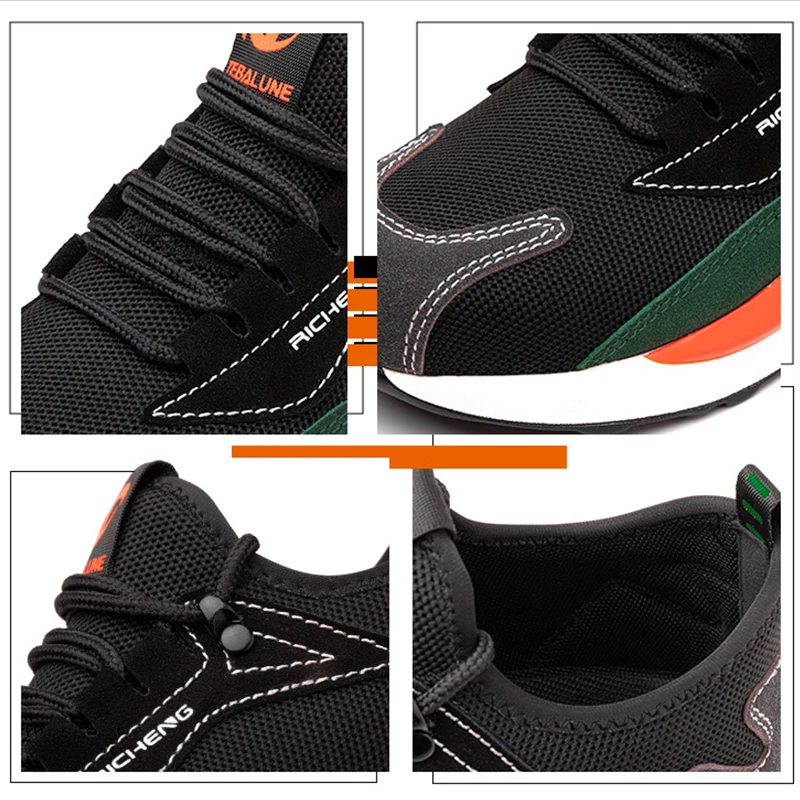
Caring for Your Work Shoes
Regular Cleaning
Proper care can significantly extend the life of your work shoes. Regular cleaning is essential. Depending on the material, you may need to follow specific cleaning guidelines. For leather shoes, gentle cleaning with a soft cloth and specialized cleaner can help remove dirt and maintain the material’s quality.
For fabric shoes, you can usually wipe them down with a damp cloth. However, always check the manufacturer’s recommendations, as some materials may be machine washable, while others may not. Keeping your work shoes clean not only enhances their appearance but also contributes to your overall hygiene.
Proper Storage
How you store your work shoes is equally important. Avoid leaving them in damp or humid areas, as moisture can lead to the growth of mold and mildew. Instead, store them in a cool, dry place. Using shoe trees can help maintain the shape of your shoes, particularly for leather types.
If you have multiple pairs, consider organizing them neatly to prevent damage. This organization also makes it easier to choose the right shoes for the next day.
Periodic Inspections
Finally, conduct periodic inspections of your work shoes. Look for signs of wear, such as worn-out soles, cracks in the material, or loss of support. If you notice any issues, it may be time to replace them. Continuing to wear damaged shoes can lead to discomfort or injury.
Regular inspections also allow you to keep track of how well your shoes are holding up. This awareness can help you plan for replacements and ensure that you always wear the best possible footwear at work.
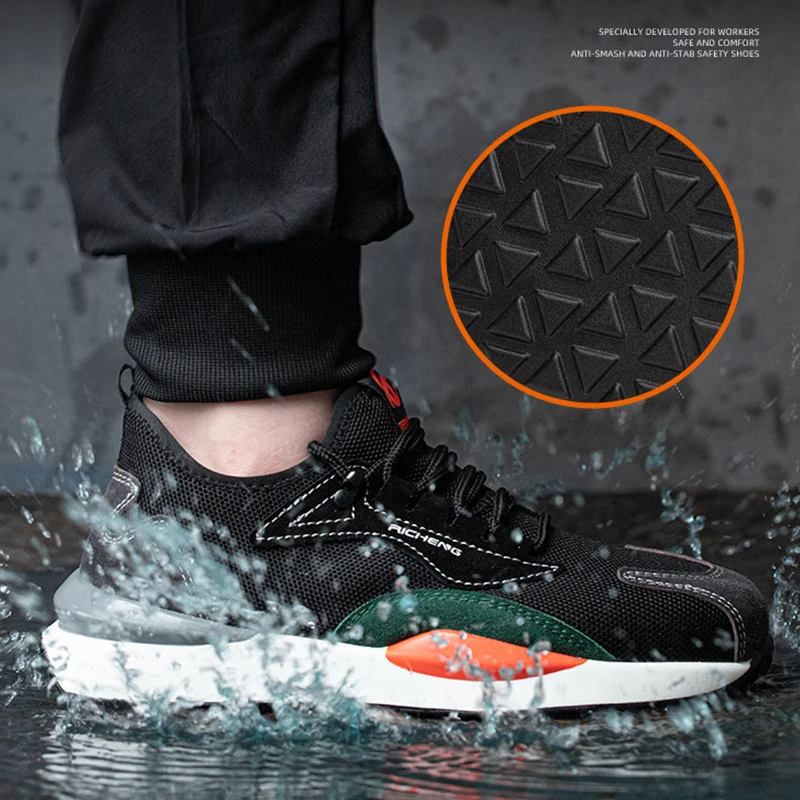
Conclusion: Investing in Your Footwear
Choosing the right work shoes is an investment in your health, safety, and productivity. With various types and features available, it’s essential to understand your unique work environment and personal needs. By prioritizing comfort, durability, and fit, you set yourself up for long-term success in your career.
Whether you work in construction, healthcare, or any other field, the right footwear can make a significant difference. Consider your specific job hazards, personal foot needs, and budget when shopping for shoes. Remember that these shoes are not just a formality; they are a crucial element in maintaining your well-being on the job.
In the end, choosing the right work shoes will pay off in the form of enhanced job satisfaction, productivity, and overall happiness. Do not underestimate the power of well-chosen footwear in your work life. Take the time to research, shop, and care for your shoes; your feet will thank you in the long run.
